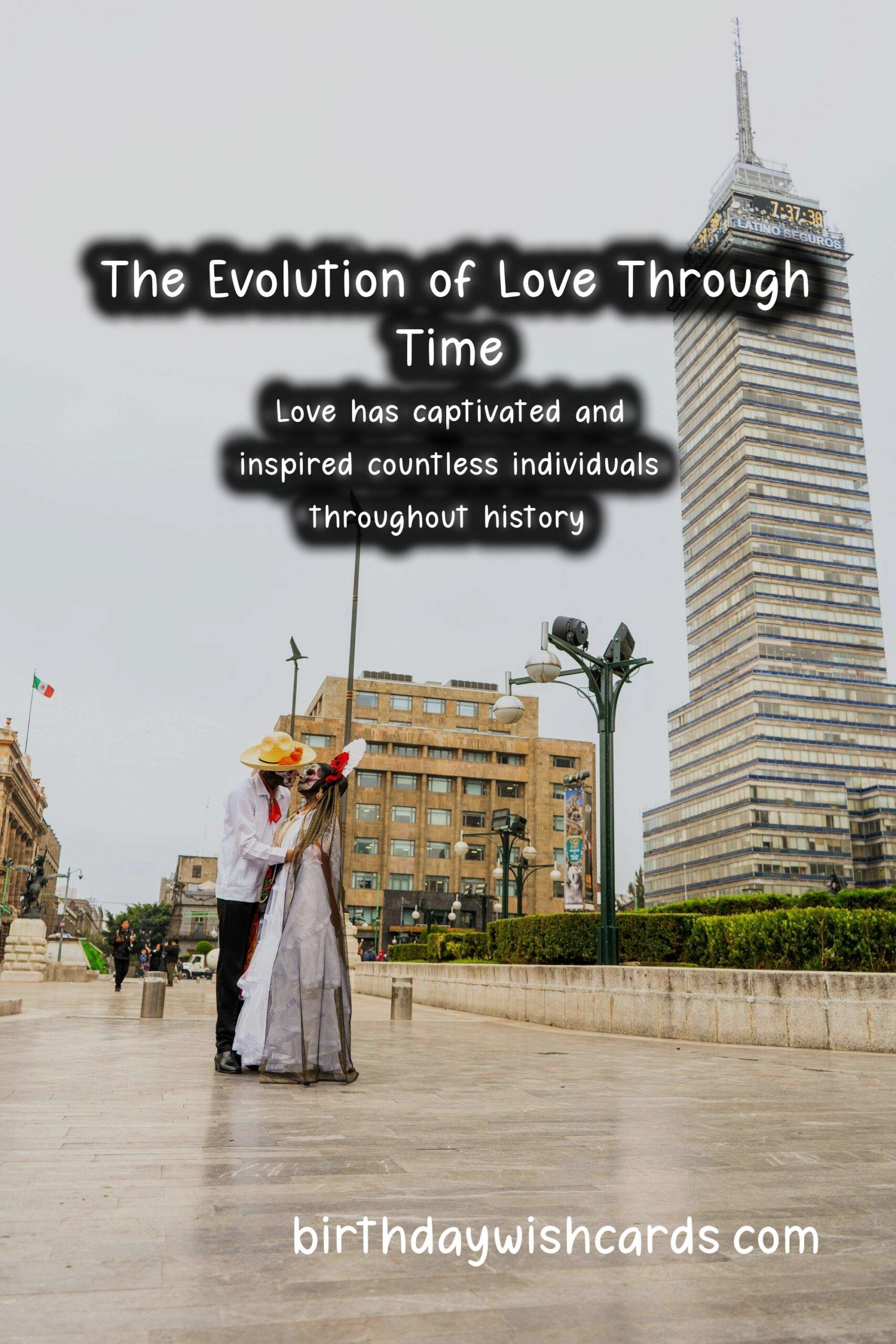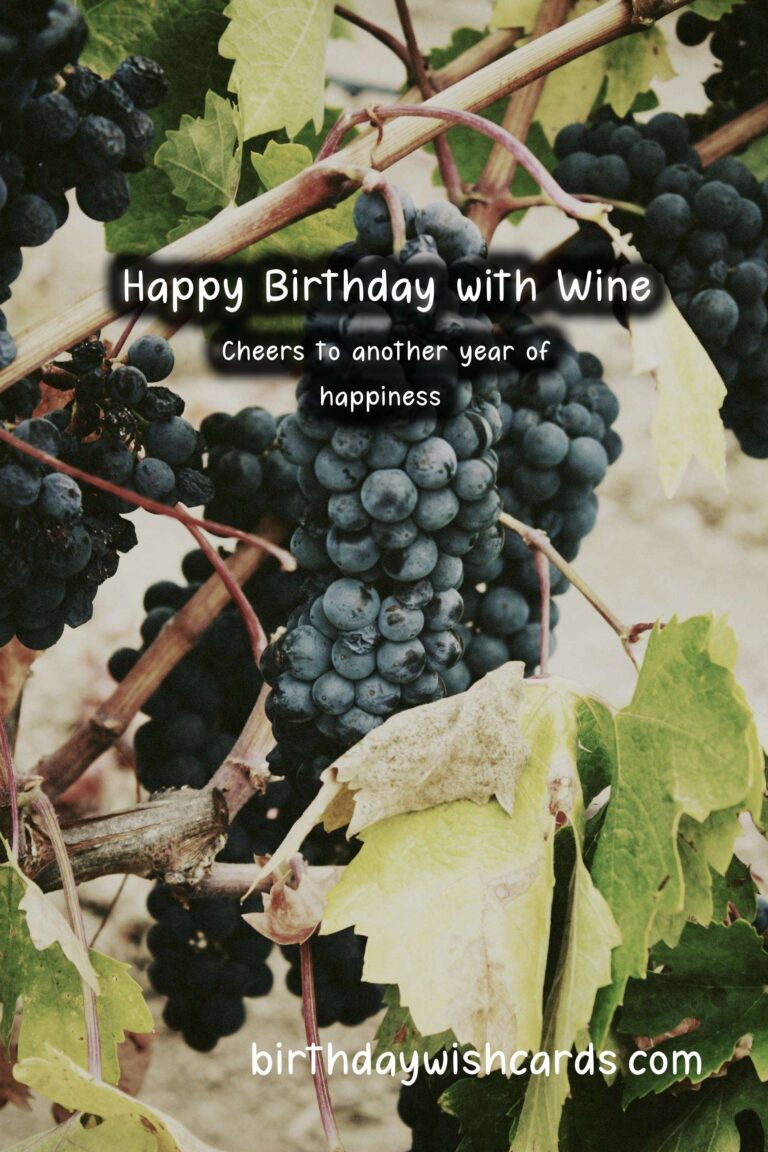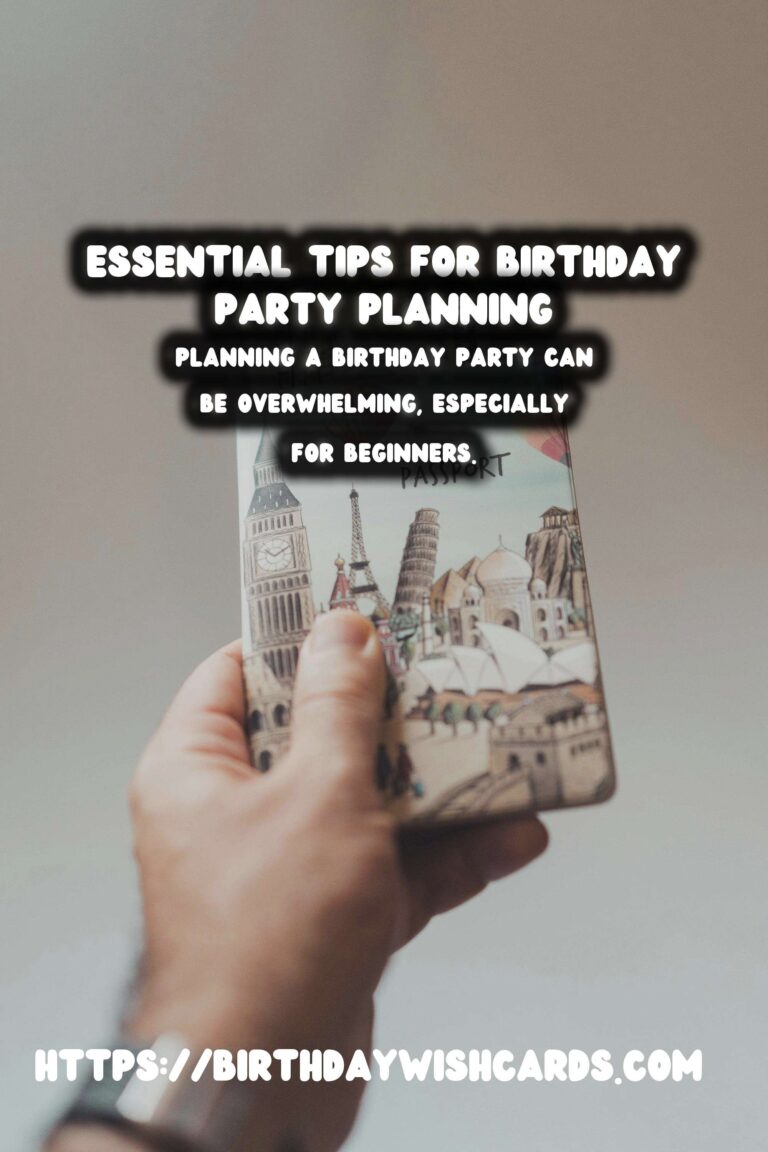The History Behind Lovers: A Journey Through Time
The History Behind Lovers: A Journey Through Time
Throughout history, the concept of love has captivated and inspired countless individuals, creating timeless tales that highlight the depth and complexity of human relationships. From ancient civilizations to modern-day romance, the story of lovers has evolved, embedding itself into various cultures, arts, and traditions. This article delves into the rich history behind lovers, exploring how perceptions of love have shifted through the ages and across geographies.
The Ancient World: Love in Myth and Legend
The roots of love stories can be traced back to ancient civilizations. In Greek mythology, the tale of Eros and Psyche illustrates the trials and tribulations faced by lovers. Eros, the god of love, falls for the mortal Psyche, leading to a series of challenges. Their love story is emblematic of the struggles and eventual triumphs of love, resonating with audiences for centuries.
Similarly, in ancient Roman culture, love was often depicted as a powerful force, with Venus, the goddess of love, symbolizing passion and desire. Roman poets like Ovid celebrated love in their works, providing a narrative framework that continues to influence romantic literature today.
The Medieval Era: Chivalry and Courtly Love
During the medieval period, the notion of love underwent a transformation with the rise of chivalry. Courtly love became a popular theme, characterized by noble knights embarking on quests to win the hearts of their ladies. These tales often emphasized unattainable love, where the knight would pursue his beloved in a manner that was both romantic and idealized.
One of the most notable examples of courtly love is the story of Tristan and Isolde, which illustrates the complexities and often tragic outcomes of forbidden love. This era laid the groundwork for modern concepts of romance and idealism that still prevail today.
The Renaissance: Rebirth of Love and Arts
The Renaissance brought forth a renewed interest in humanism and individuality, leading to more personal expressions of love. Literature, art, and music flourished during this age, showcasing love in all its forms. Shakespeare’s plays, particularly ‘Romeo and Juliet,’ depict the transformative power of love, addressing themes of passion, fate, and sacrifice.
This period also saw the emergence of romantic poetry, exemplified by figures like Petrarch and his sonnets that expressed the beauty of unattainable love. The Renaissance was instrumental in shaping romantic ideals that are still celebrated today.
The Enlightenment and Romanticism: Love Meets Reason
As society transitioned into the Enlightenment, love began to be viewed through a more rational lens. Philosophers and writers, such as Rousseau, explored the nature of love and its implications on personal freedom and society. This introspection paved the way for the Romantic movement, where love became synonymous with passion and emotional depth.
Romantic poets like Byron, Shelley, and Keats emphasized intense emotions, portraying lovers as figures of profound depth. This period underscored the belief that love was not just a social contract but a vibrant, emotional experience.
The Modern Era: Love in the Age of Technology
In the 20th and 21st centuries, the paradigm of love has continued to evolve, especially with the advent of technology and social media. Relationships have been transformed by platforms that facilitate connections across distances. The idea of love has become more inclusive, embracing diverse expressions and identities.
Moreover, contemporary literature and cinema reflect the complexities of modern love, exploring themes of vulnerability, consent, and personal growth. The traditional narratives of fairy tale romances have given way to stories that resonate with real-life struggles and triumphs.
The Universal Language of Love: Cultural Expressions
Across various cultures, love is celebrated in unique ways. From the vibrant festivals in India, such as Holi and Valentine’s Day, to the romantic gestures observed in Japanese culture, love transcends boundaries. Many cultures have rich traditions and customs that deepen the understanding of love and relationships.
For instance, in many Native American communities, love is expressed through storytelling and shared experiences, highlighting the importance of connection to the community and nature. Similarly, in African cultures, love is often intertwined with music and dance, showcasing communal bonds alongside romantic ties.
Conclusion: The Timeless Nature of Love
The history of lovers reveals a timeless narrative that transcends eras and cultures. Love, in its various forms, continues to inspire art, literature, and human connection. Understanding the historical context of love enriches our appreciation of relationships and the complexities that accompany them. Whether through the lens of mythology, chivalry, or modernity, the saga of lovers remains one of the most compelling stories in human history.
Love has captivated and inspired countless individuals throughout history.
The story of lovers has evolved, embedding itself into various cultures, arts, and traditions.










#Love #History #Romance #CulturalExpressions #Lovers






